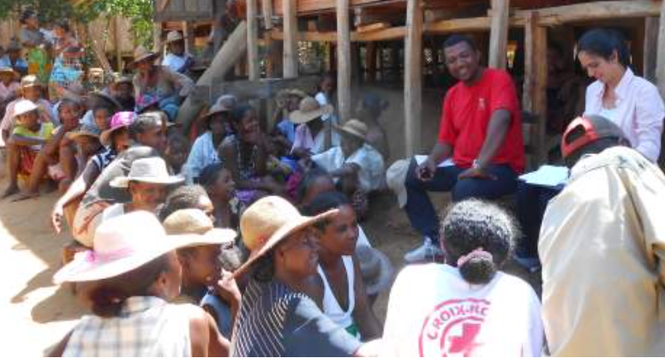
New IFRC Disaster Law Programme publications shed light on how law can support disaster risk reduction, particularly at the community level. The case studies in Ethiopia and Nicaragua, are the first two in a series and form part of a multi-county research project undertaken by IFRC in collaboration with the United Nations Development Programme (UNDP). In advance of a global synthesis report later this year, preliminary findings to date are also collected in a pamphlet.
Natural phenomena, such as floods, storms and earthquakes, are beyond human control – but the extent of damage and loss of life caused by these and similar events can be reduced. Legal frameworks are a crucial tool for governments in this regard, as highlighted by the 2005 Hyogo Framework for Action (HFA) which identifies in priority one the importance of legislative and institutional frameworks to support disaster risk reduction.
The joint research project seeks to identify best practice in legislation for DRR and its implementation, as well as common gaps or issues that need additional focus. It will draw on desk studies of the laws of 26 countries and more comprehensive analyses of both law and implementation in 15 countries from all regions of the globe.
Four key findings emerging from the research thus far:
- While there have been many new laws and policies adopted, thus far, the resulting legal reforms seem to be less comprehensive than is generally assumed.
- The development of new legislation on disaster risk management can be a key enabler for DRR awareness through the public process of law-making, as well as by providing the content for clear institutional mandates and implementation of DRR.
- Safety legislation in sectors outside disaster management laws holds the key to long-term reduction of underlying risks (as identified in “Priority Four” of the HFA), but their implementation needs more support. To establish an integrated approach to DRR, these sectoral laws also need to include DRR criteria, and to be coordinated with disaster risk management systems.
- Partnerships between local government and communities are needed for effective implementation of DRR safety regimes at local level. Challenges in implementation of safety regulations at the local level, such as land use planning and building codes, emerges as the most common barrier to effectiveness.
The case studies and the pamphlet with the preliminary findings can be accessed on the publications page of the Disaster Law Programme website.
The global synthesis report setting out the detailed findings and recommendations is scheduled for release in October 2013.